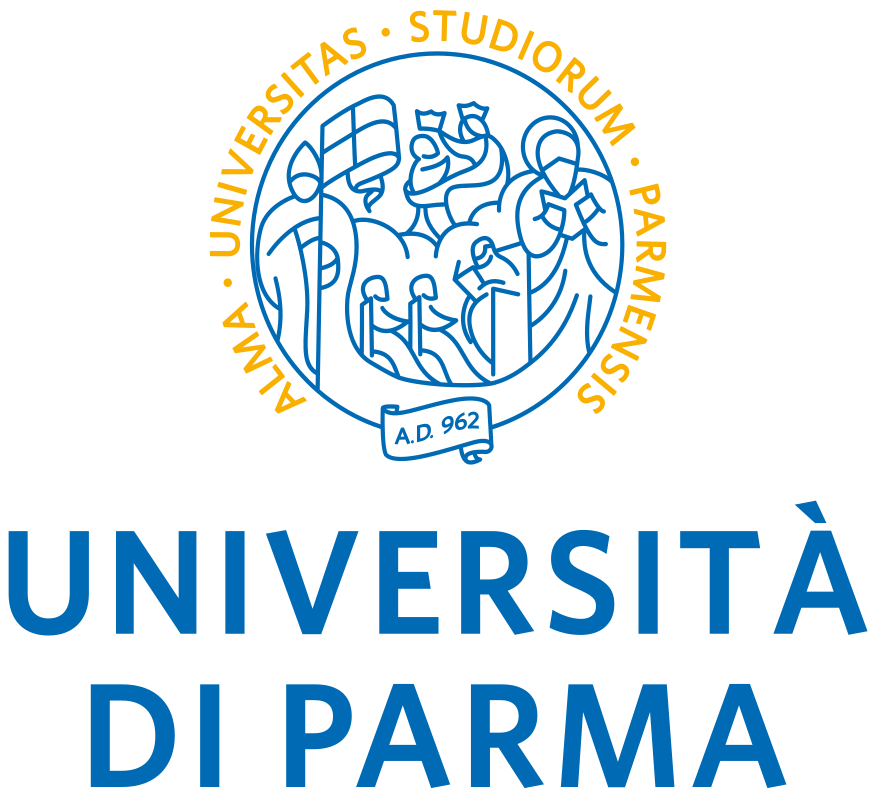Please use this identifier to cite or link to this item:
https://hdl.handle.net/1889/4760Full metadata record
| DC Field | Value | Language |
|---|---|---|
| dc.contributor.advisor | Bottari, Benedetta | - |
| dc.contributor.author | Castellone, Vincenzo | - |
| dc.date.accessioned | 2022-05-26T13:13:44Z | - |
| dc.date.available | 2022-05-26T13:13:44Z | - |
| dc.date.issued | 2022-05 | - |
| dc.identifier.uri | https://hdl.handle.net/1889/4760 | - |
| dc.description.abstract | In every one of us, there is an impressive amount of microorganisms, some of them are dangerous, some are neutral while many others are more than helpful. Microorganisms reported to exert a positive effect in the host when administered in adequate amount are known as “probiotics” [1,2]. Lactic Acid Bacteria (LAB) are often part of these good ones, with several strains recognized as probiotics, or due to their long history of use and wide spread in the great majority of fermented foods. Fermented foods have remained a staple throughout history for good reason. The bacteria we ingest through food become part of our microbiomes, delivering several health benefits. Diets rich in fermented foods has immune benefits, reducing inflammation associated with disease and stress [3]. Consumer interest in fermented foods has been driven mostly by their suggested nutritional benefits, leading to renewed popularity of these foods worldwide. Health promoting effect of fermented foods vary, resulting from nutritive alteration of raw ingredients and the biosynthesis of bioactive compounds, modification of the human gut microbiota, and development and modification of the immune system. Considerable progress has been made towards understanding the function of individual microorganisms in fermented food production and the same is happening regarding their potential contribution to human health [4]. All this considered, the aim of this thesis was to study the ability of LAB to produce potentially bioactive compounds upon fermentation, which could convey health benefits to the consumer of fermented foods | en_US |
| dc.language.iso | Inglese | en_US |
| dc.publisher | Università degli Studi di Parma. Dipartimento di Scienze degli alimenti e del farmaco | en_US |
| dc.relation.ispartofseries | Dottorato di ricerca in Scienze degli alimenti | en_US |
| dc.rights | © Vincenzo Castellone 2022 | en_US |
| dc.rights | Attribuzione - Condividi allo stesso modo 4.0 Internazionale | en_US |
| dc.rights.uri | http://creativecommons.org/licenses/by-sa/4.0/ | * |
| dc.subject | probiotics | en_US |
| dc.subject | Lactic Acid Bacteria | en_US |
| dc.subject | Fermented food | en_US |
| dc.subject | Bioactive compounds | en_US |
| dc.subject | Health benefits | en_US |
| dc.title | Lactic acid bacteria and bioactive compounds: production in fermented foods and fate after digestion | en_US |
| dc.type | Doctoral thesis | en_US |
| dc.subject.miur | AGR/16 | en_US |
| Appears in Collections: | Scienze degli alimenti. Tesi di dottorato | |
Files in This Item:
| File | Description | Size | Format | |
|---|---|---|---|---|
| Tesi_CV.pdf | 6.55 MB | Adobe PDF | View/Open | |
| FinalAnnualReport VC.docx Restricted Access | 602.26 kB | Microsoft Word XML | View/Open Request a copy |
This item is licensed under a Creative Commons License


